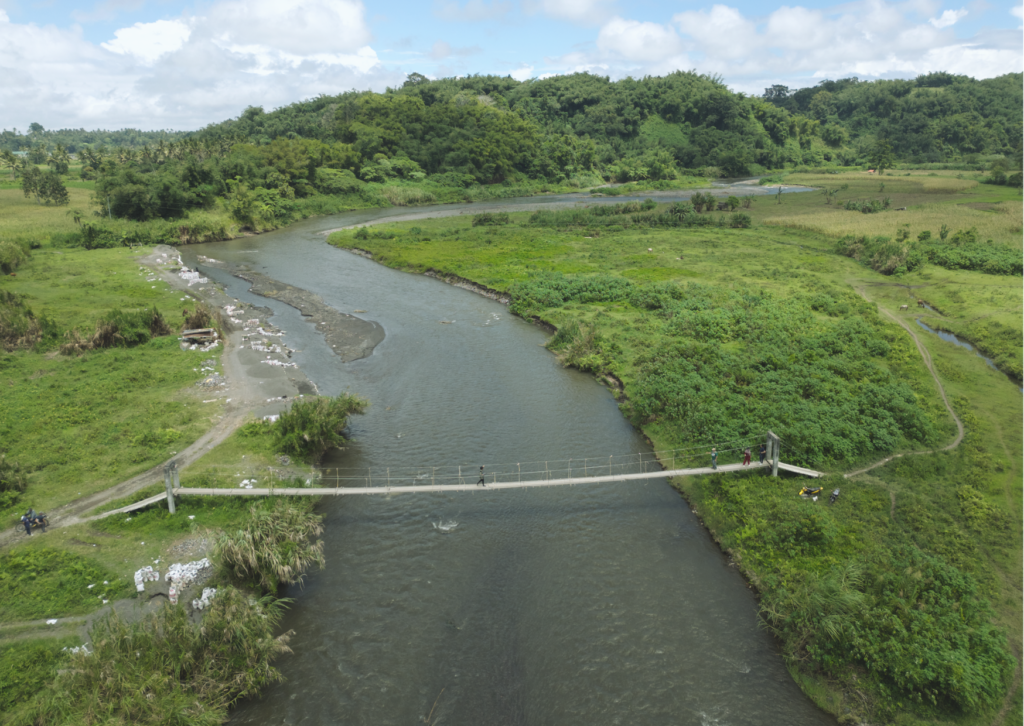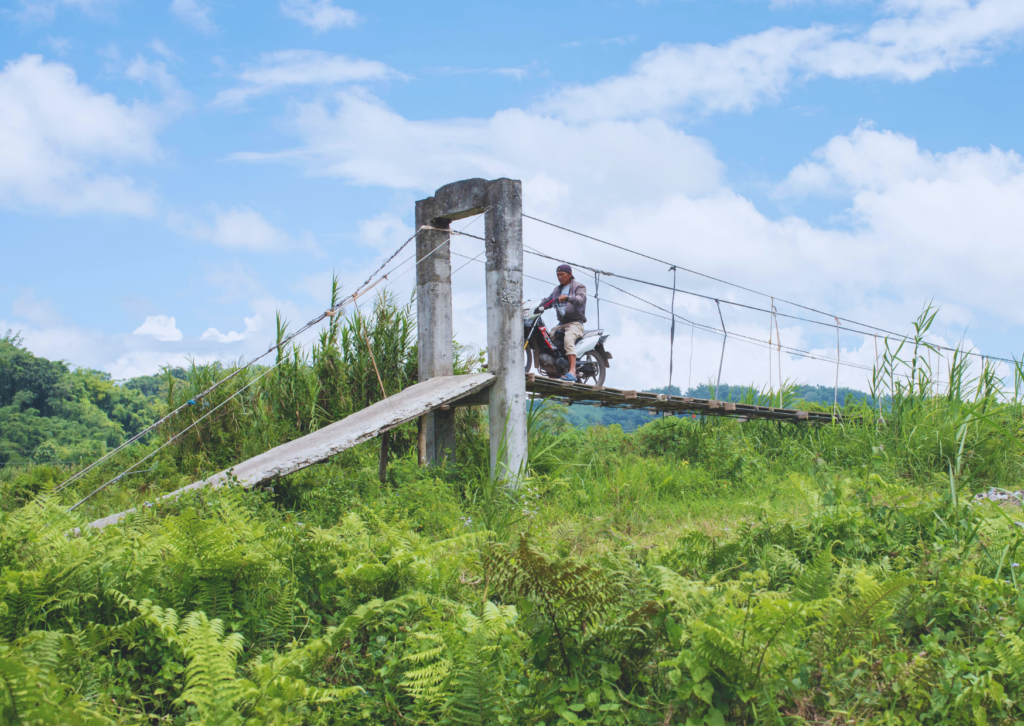In the southernmost corner of Lanao del Sur, set against a backdrop of breathtaking landscapes, flows the Malaig River, one of the principal headwaters of Lake Lanao. What renders this river truly exceptional is its source – the vast and unspoiled Piapayungan Mountain Range, recognized locally as the Sleeping Lady, a name inspired by its distinctive shape. This region is renowned for hosting some of Mindanao’s most extensive virgin forests, and it’s from this lush natural wonder that the Malaig River draws its strength.

The powerful currents of the Malaig River have caught the attention of those seeking to harness its potential for hydroelectric power. Considerations are already underway, and hints of exciting whitewater rafting opportunities have started to emerge. The municipality of Butig, situated along the river’s course, has taken a bold step by offering adventure tourism, capitalizing on the river’s untamed spirit.
But the Malaig River is more than just a source of adventure and energy. It plays another crucial role, one that is deeply embedded in the daily lives of the local communities. It acts as both a connection and a division, separating the two barangays of Bayabao in the west (primarily the center of Butig) and Poctan in the east.
The challenge these communities face is accessibility. Crossing the river can be perilous, especially when inclement weather causes the river to swell, creating strong currents and high-water levels. Under such conditions, the common practice is to take the long, circuitous route on foot, which can take up to an hour. However, for many residents, it’s a gamble they’d rather not take. With the river just a stone’s throw away, the temptation to cross it is strong.
In a recent development, the communities of Poctan and Bayabao, even in the face of historical political and family conflicts, came together to find a collective solution. They embarked on an initiative to construct a hanging bridge, primarily fashioned from wood planks and sturdy cable wires, with a total cost of Php 100,000. It’s a do-it-yourself endeavor, a testament to their resourcefulness and determination to overcome the natural barrier that had long separated them.
The bridge serves as a vital link between the two communities, offering immense convenience and economic benefits. The marketplace in Bayabao is larger and closer for some Poctan residents, making it the preferred destination for their grocery shopping. Conversely, a school is more accessible in Poctan for certain Bayabao residents. It’s a win-win situation, enhancing both the local economy and the convenience of daily life.

Motorcycles, a common mode of transportation in the area, can also make their way across the hanging bridge, albeit one at a time due to its narrowness. The motorcycle drivers navigate this precarious journey with care, not only due to the bridge’s limited width but also because the turbulent waters make the crossing challenging. After all, it’s a hanging bridge, and the river below flows relentlessly.

Despite the lack of formal safety measures, the hanging bridge of Bayabao and Poctan stands as a testament to human ingenuity and the resilience of these communities. It has become an essential asset for trade and mutual cooperation, facilitating easier access between the residents of both sides. This humble bridge represents a significant triumph over the adversity posed by Malaig River’s unpredictable conditions. It is a symbol of unity and progress, reminding us of the remarkable feats that can be achieved when communities work together to overcome the challenges that nature presents.
Story by Shania Renee Yulo